Microsoft logs 600 million identity attacks per day as threat actors collaborate more
A shift to passwordless authentication and greater reliance on AI could help stem the flow of attacks as threat actors arm themselves with better techniques and tools


Microsoft has said it tracked more than 600 million identity attacks across its 2024 fiscal year, as the firm warns cybercriminals are becoming more collaborative and focused in their attacks.
In its Digital Defense Report 2024, Microsoft noted the rise of identity-based cyber attacks as firms migrate to the cloud and stated that Microsoft Entra data showed 7,000 password attacks were blocked per second in the past year alone, alongside the 600 million figure.
Even as organizations adopt multi-factor authentication (MFA) – 41% of Microsoft’s enterprise customers now use the approach – threat actors are bypassing MFA through attacks on infrastructure and methods like adversary in the middle (AiTM) attacks.
But more than 99% of identity attacks are still password attacks, a definition that includes brute force attacks using stolen passwords and phishing attacks. These are being empowered by new social engineering campaigns, Microsoft noted, emphasizing the need for organizations to switch to passwordless authentication rather than relying on MFA.
While identity-based attacks have risen, the number of successful ransomware attacks across the period fell significantly. Though Microsoft recorded a 2.75x increase in attempted ransomware attacks over the period, driven by groups like Akira, Lockbit, and Play, successful encryption of victim data fell by 3x.
As attack methodology evolves, threat actors are also becoming harder to predict and neatly categorize by motivation.
Cyber attacks tracked by Microsoft increasingly included hybrid warfare, cyber attacks alongside conventional attacks made as part of ongoing conflicts around the world. This included attacks on operational technology (OT) and data compromise on government targets.
Sign up today and you will receive a free copy of our Future Focus 2025 report - the leading guidance on AI, cybersecurity and other IT challenges as per 700+ senior executives
Researchers said the past year had also seen state-sponsored threat actors collaborate more closely with cybercriminals than ever before, making the job of determining the motivation for specific attacks harder.
For example, Russia-backed groups have been observed using commodity malware – malicious software that’s freely available for purchase on the dark web – in attacks and outsourcing intelligence-gathering operations to criminal groups.
North Korea-backed groups have long been suspected of providing their ill-gotten gains directly to the state. Microsoft cited UN claims that North Korean groups have stolen a collective $3 billion in cryptocurrency since 2017 to fund the state’s nuclear program, as reported by Reuters.
Microsoft noted that the North Korean group Moonstone Sleet, first identified in May 2024 and only the fourth significant North Korean group tracked by the firm, has also developed its own variant of ransomware dubbed FakePenny, used against targets in aerospace and defense.
While the IT sector accounted for nearly a quarter of all victims (24%), education and research came a close second at 21%. The report’s authors explained that educational institutions can be valuable sources of intelligence, though are largely used as “testing grounds” for new attack methods.
It cited the example of using QR codes as a point of compromise for business email compromise (BEC) attacks, which threat actors began to leverage against victims in the sector in August 2023, ahead of it becoming a popular method against other organizations.
The exception to this rule was Russian groups, which targeted 33% of all attacks across the period against government targets and 15% against think tanks as their activity continued to closely follow the war in Ukraine.
The data was collected between July 2023 and June 2024, Microsoft’s FY24. The firm said it tracked more than 78 trillion security signals per day across the period, up from 65 trillion in 2023 through a combination of billions of Windows endpoints and data from Microsoft Entra, which allow it to build a worldwide security picture.
Internal changes at Microsoft and the potential for AI security
In the overview of the report Igor Tsyganskiy, CISO at Microsoft, noted that he came into his role right before the threat group Midnight Blizzard launched an attack on Microsoft, which he pointed to as motivation to improve the firm’s agility to any future attacks by state-sponsored threat actors.
“To protect Microsoft, our partners, and customers from future attacks, we dramatically grew our teams dedicated to monitoring of and responding to threats,” wrote Tsyganskiy.
Tsyganskiy also created an Office of the CISO, containing multiple Deputy CISOs who each work with select departments and product groups within Microsoft.
In the past few years, Microsoft has put huge investments into AI for security, for use in generative AI tools like Copilot for Security but also for internal security models that protect the firm itself.
RELATED WHITEPAPER
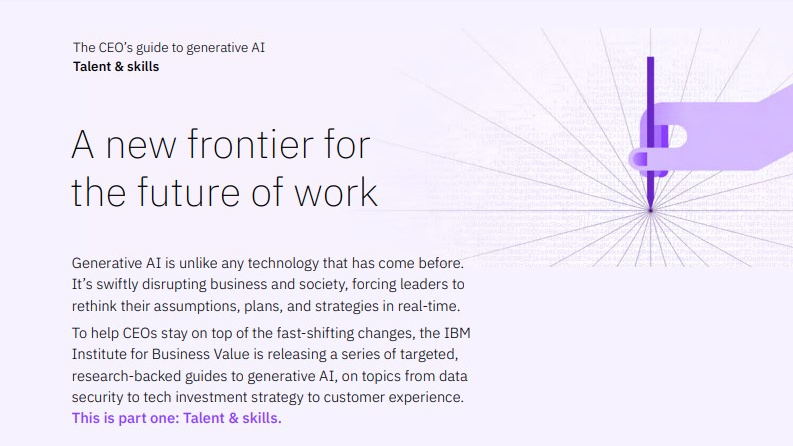
In the report, researchers noted that small language models like Phi-3 could be used to sift through corporate data and flag suspicious activity. They also expressed optimism in AI’s potential to identify so-called ‘hands-on-keyboard’ attacks, in which hackers manually infiltrate enterprise systems using compromised identities to camouflage malicious activity.
AI could also be used to produce security reports quicker, converge data from multiple third-party sources to assist cyber researchers or organize unstructured data from previous cybersecurity incidents to help inform new decision-making.

Rory Bathgate is Features and Multimedia Editor at ITPro, overseeing all in-depth content and case studies. He can also be found co-hosting the ITPro Podcast with Jane McCallion, swapping a keyboard for a microphone to discuss the latest learnings with thought leaders from across the tech sector.
In his free time, Rory enjoys photography, video editing, and good science fiction. After graduating from the University of Kent with a BA in English and American Literature, Rory undertook an MA in Eighteenth-Century Studies at King’s College London. He joined ITPro in 2022 as a graduate, following four years in student journalism. You can contact Rory at rory.bathgate@futurenet.com or on LinkedIn.
-
 Google is scrapping its dark web report feature
Google is scrapping its dark web report featureNews Google said while the dark web report feature offered “general information”, the tool didn’t provide “helpful next steps” for users potentially impacted by a breach.
-
 AI means you're probably going to need bigger developer teams
AI means you're probably going to need bigger developer teamsAnalysis Software developers may be forgiven for worrying about their jobs in 2025, but the end result of AI adoption will probably be larger teams, not an onslaught of job cuts.
-
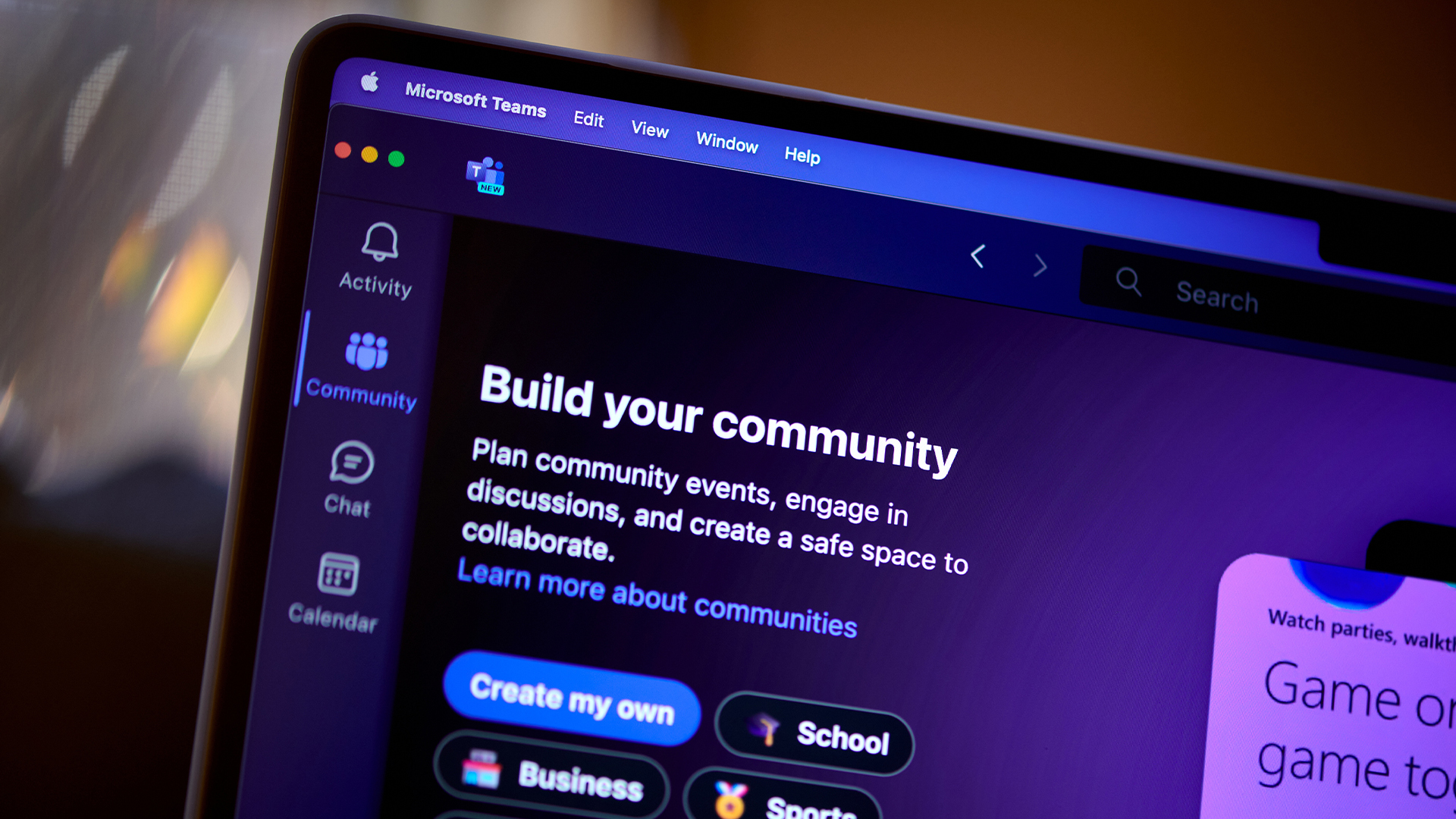 Microsoft Teams is getting a new location tracking feature that lets bosses snoop on staff – research shows it could cause workforce pushback
Microsoft Teams is getting a new location tracking feature that lets bosses snoop on staff – research shows it could cause workforce pushbackNews A new location tracking feature in Microsoft Teams will make it easier to keep tabs on your colleague's activities – and for your boss to know exactly where you are.
-
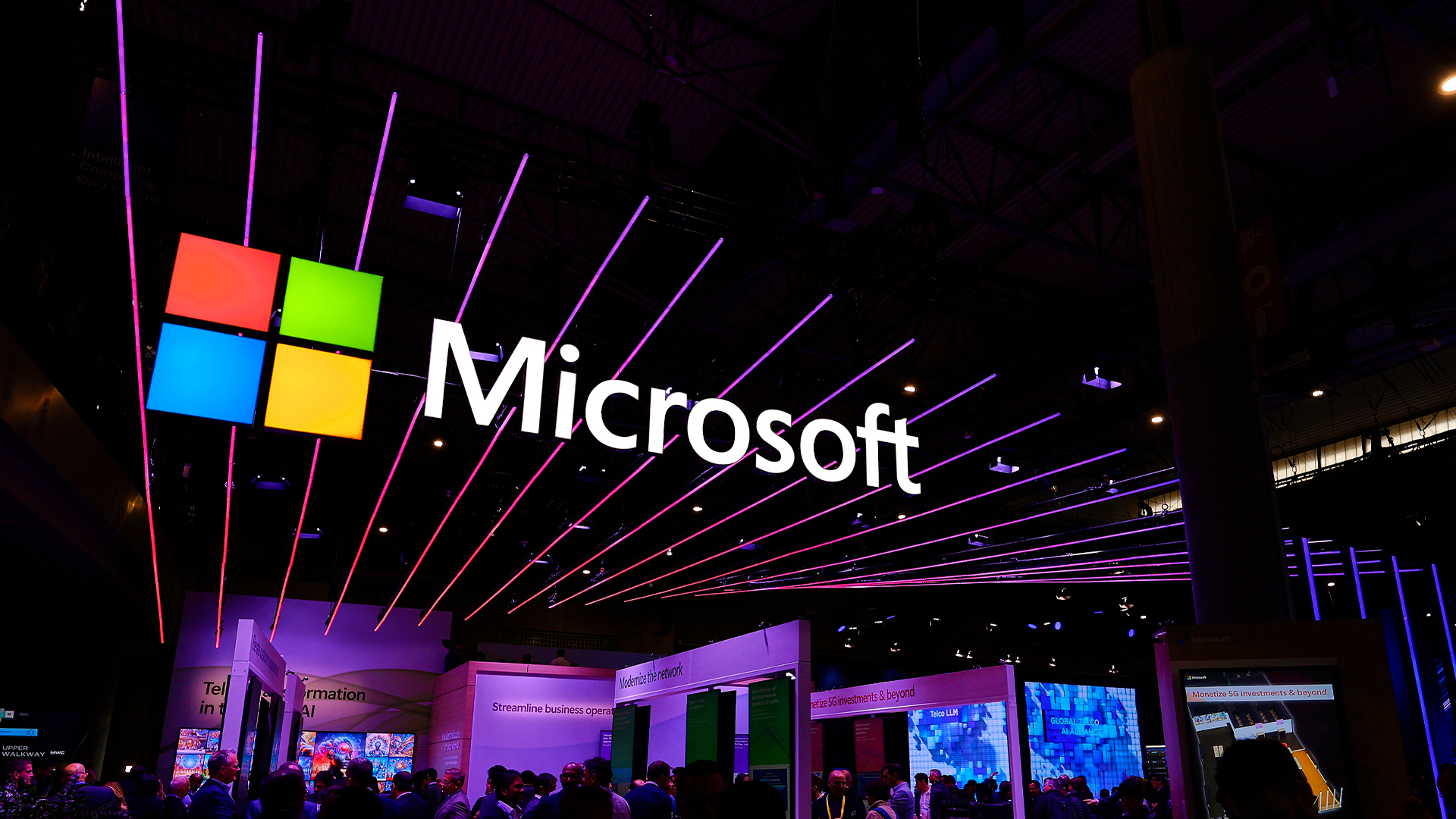 Microsoft opens up Entra Agent ID preview with new AI features
Microsoft opens up Entra Agent ID preview with new AI featuresNews Microsoft Entra Agent ID aims to help manage influx of AI agents using existing tools
-
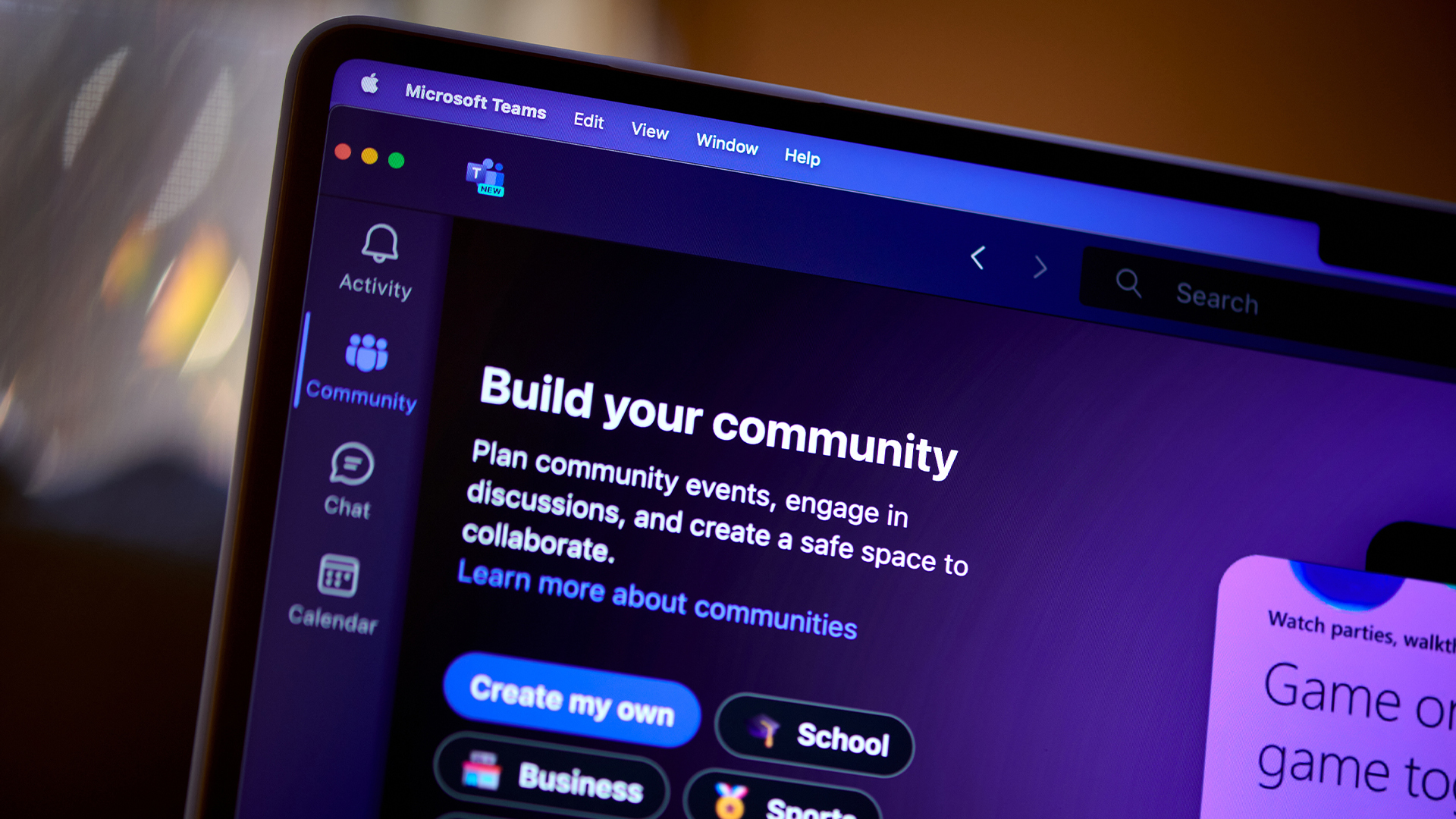 A notorious ransomware group is spreading fake Microsoft Teams ads to snare victims
A notorious ransomware group is spreading fake Microsoft Teams ads to snare victimsNews The Rhysida ransomware group is leveraging Trusted Signing from Microsoft to lend plausibility to its activities
-
 CISA just published crucial new guidance on keeping Microsoft Exchange servers secure
CISA just published crucial new guidance on keeping Microsoft Exchange servers secureNews With a spate of attacks against Microsoft Exchange in recent years, CISA and the NSA have published crucial new guidance for organizations to shore up defenses.
-
 CISA issues alert after botched Windows Server patch exposes critical flaw
CISA issues alert after botched Windows Server patch exposes critical flawNews A critical remote code execution flaw in Windows Server is being exploited in the wild, despite a previous 'fix'
-
 Microsoft issues warning over “opportunistic” cyber criminals targeting big business
Microsoft issues warning over “opportunistic” cyber criminals targeting big businessNews Microsoft has called on governments to do more to support organizations
-
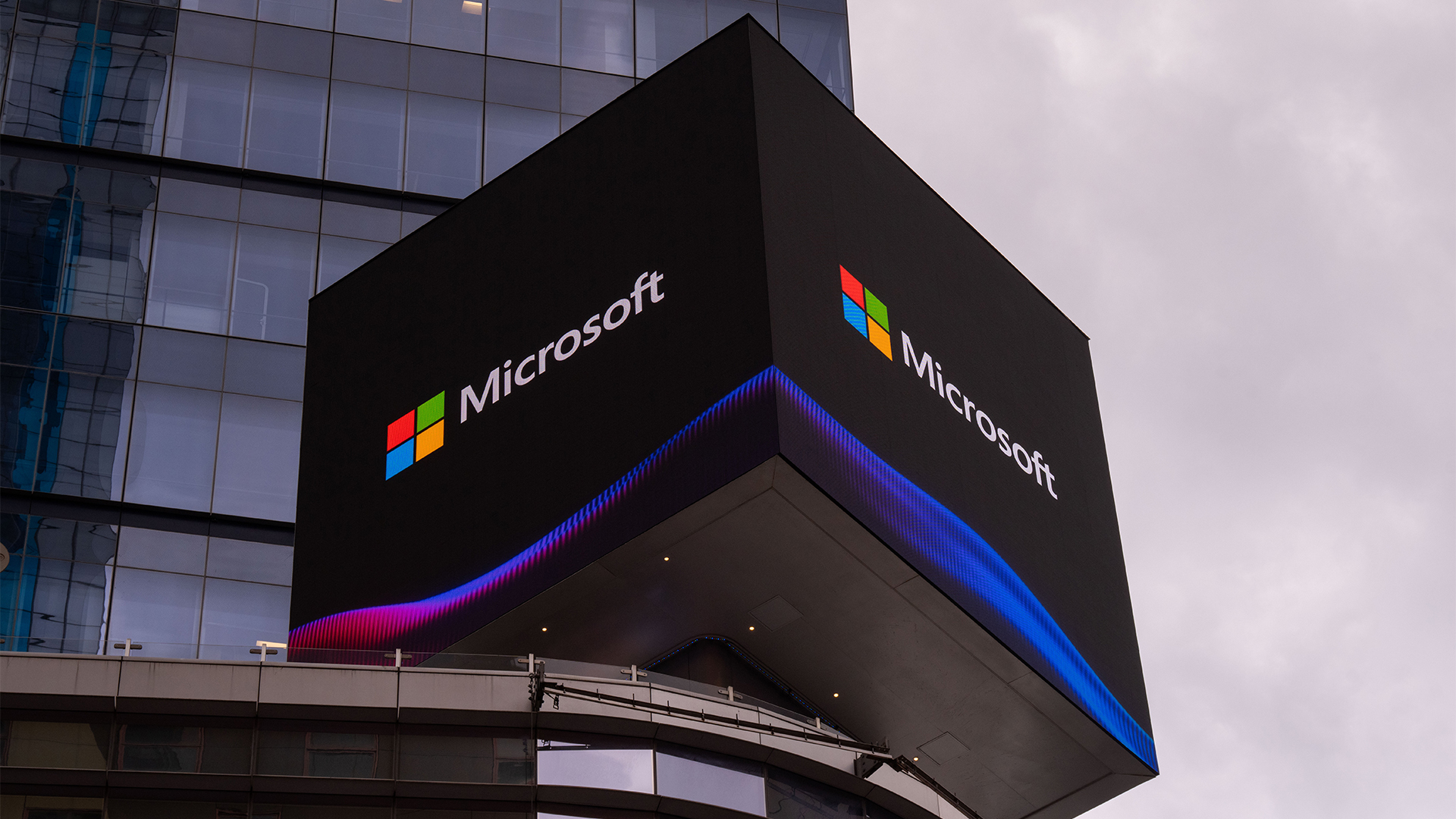 A terrifying Microsoft flaw could’ve allowed hackers to compromise ‘every Entra ID tenant in the world’
A terrifying Microsoft flaw could’ve allowed hackers to compromise ‘every Entra ID tenant in the world’News The Entra ID vulnerability could have allowed full access to virtually all Azure customer accounts
-
 Microsoft and Cloudflare just took down a major phishing operation
Microsoft and Cloudflare just took down a major phishing operationNews RaccoonO365’s phishing as a service platform has risen to prominence via Telegram